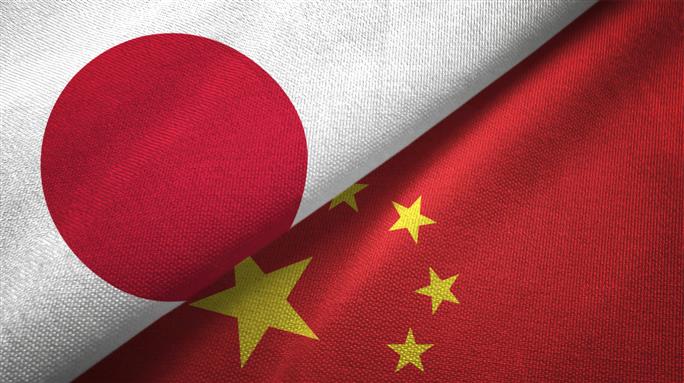News Highlight
China and Japan set up a military hotline to manage maritime and air incidents over disputed islands.
Key Takeaway
- On March 31, China and Japan established a military hotline to improve their maritime management and control capabilities.
- The air incidents have occurred due to their aggressive patrols of the disputed waters in the East China Sea.
- The hotline mechanism was revealed before the Japanese Foreign Minister’s travel to Beijing for talks with his Chinese colleague Qing Gang on boosting bilateral relations.
Significance of established Hotline
- This step was intended to increase their ability to manage and control situations that may arise due to their active monitoring of the disputed waters.
- The hotline will improve communication between China’s and Japan’s defence ministries.
- It improves the two sides’ ability to manage and control marine and air crises and contribute to regional peace and stability.
- This action will help to sustain regional peace and stability.
Senkaku Island Dispute
- About
- The Senkaku Island dispute is about a territorial dispute over a set of uninhabited islands called:
- Senkaku Islands in Japan
- Diaoyu Islands in China
- Tiaoyutai Islands in Taiwan.
- Both Japan and China claim these islands.
- The Senkaku Island dispute is about a territorial dispute over a set of uninhabited islands called:
- Location
- In the East China Sea, there are eight deserted islands.
- They cover an area of around 7 square kilometres and are located northeast of Taiwan.
- Strategic Importance
- Islands are near strategically significant shipping lanes, have fertile fishing grounds, and may contain oil resources.
- Japan’s Claim
- In the 1951 Treaty of San Francisco, Japan abandoned claims to several territories and islands, including Taiwan.
- However, under the treaty, the Nansei Shoto islands were placed under US trusteeship before being returned to Japan in 1971.
- Japan claims that the Senkaku islands are part of the Nansei Shoto islands and belong to Japan.
- Nevertheless, China had no objections to the San Francisco agreement.
- Only since the 1970s, when oil resources in the region arose, have Chinese and Taiwanese authorities pressed their claims.
- China’s Claim
- Since ancient times, these islands have been part of its territory, functioning as major fishing grounds governed by the province of Taiwan.
- After Taiwan was restored in the Treaty of San Francisco, China claimed that the islands should have been returned as well.
- Taiwan Claims
- Taiwan claims the islands but has reached agreements with Japan to prevent a clash, as Japan has close defence relations with Taipei.
- Despite the ongoing conflict, Japan maintains close military relations with Taiwan.
Significance for India
- Japan announced just days after a bloody skirmish between Indian and Chinese forces along the Line of Actual Control in Ladakh’s Galwan Valley.
- Given the importance of trade volume and economic dependency in the bilateral relationship, it is critical for India to act prudently.
- India might boost its diplomatic position over Galwan Valley by backing the Japanese initiative.
- Taiwan’s involvement in the dispute is critical, as it has supported India over the Galwan Valley but opposes Japan’s action.
- China has also increased its naval power to increase its total presence in the Indian Ocean.
- Japan’s action would allow India to gain a strategic advantage over its presence in the Indian Ocean.
East China Sea
- About
- The East China Sea is a marginal sea in the Western Pacific Ocean just off the coast of East China.
- To the east are the Japanese islands of Kyushu and Ryukyu, the south is the South China Sea, and the west is the Asian peninsula.
- The sea links to the Sea of Japan through the Korea Strait and extends north into the Yellow Sea.
Pic Courtesy: Tribune India
Content Source: The Hindu



